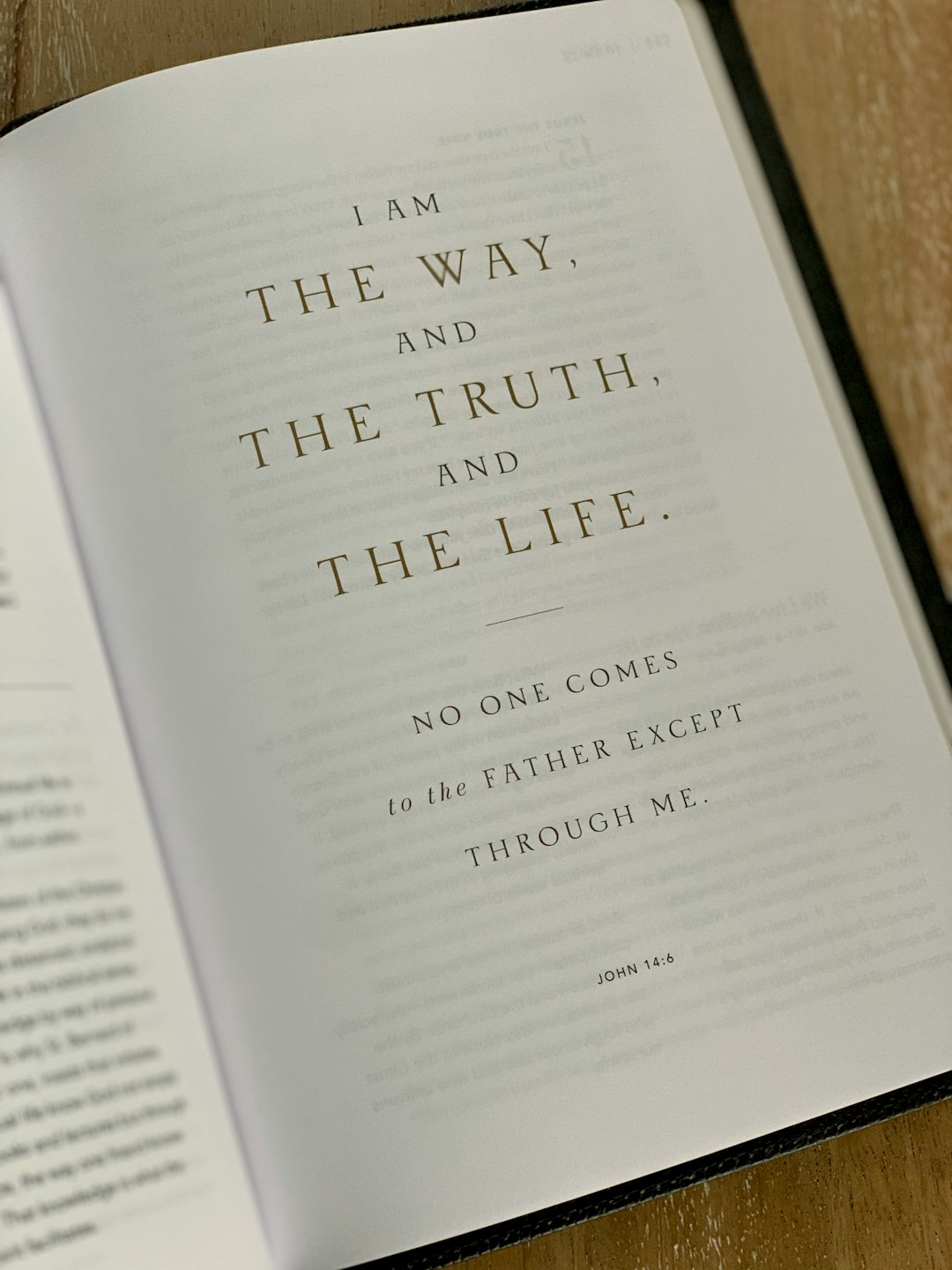In today’s fast-paced and chaotic world, it can be challenging to stay true to our beliefs and live out our faith authentically. With the constant pressures to conform to societal norms and expectations, it’s easy to lose sight of our values and principles. However, embracing your beliefs and living out your faith authentically is essential for leading a fulfilling and meaningful life.
First and foremost, it’s crucial to have a clear understanding of what you believe in. Take some time to reflect on your values, morals, and principles. What do you hold dear? What guides your decisions and actions? Identify the core beliefs that shape who you are and what you stand for. This introspection will not only help you gain a deeper understanding of yourself but also enable you to stay true to your beliefs in the face of external pressures.
Once you have a firm grasp of your beliefs, it’s important to embrace them wholeheartedly. Don’t be afraid to stand up for what you believe in, even if it means going against the grain. Living authentically means being true to yourself and not compromising your values for the sake of fitting in or pleasing others. Remember that your beliefs are a reflection of who you are, and embracing them will bring a sense of integrity and purpose to your life.
Living out your faith authentically also involves practicing what you preach. It’s not enough to simply hold certain beliefs; you must also embody them in your daily actions and interactions. Let your faith guide you in making decisions, treating others with kindness and compassion, and living a life of service and generosity. By aligning your beliefs with your behavior, you will not only strengthen your faith but also inspire others to do the same.
Furthermore, living authentically means being open and honest about your beliefs. Don’t be afraid to share your faith with others and engage in meaningful conversations about what you believe in. By expressing your beliefs openly and confidently, you can inspire others to do the same and create a community of like-minded individuals who support and uplift each other in their faith journey.
It’s also important to remember that living authentically doesn’t mean being inflexible or judgmental towards others who may hold different beliefs. Respect and tolerance are key components of authenticity, and it’s essential to acknowledge and appreciate the diversity of beliefs and perspectives that exist in the world. Embrace the opportunity to learn from others, engage in meaningful dialogue, and expand your own understanding of faith and spirituality.
In addition, living out your faith authentically requires courage and perseverance. There may be times when you face opposition or criticism for your beliefs, but it’s important to stay strong and resolute in your convictions. Stand firm in your faith, trust in your beliefs, and remain steadfast in your commitment to living authentically. Remember that challenges and obstacles are an inherent part of the journey, and they can serve as opportunities for growth and transformation.
Finally, living authentically also means seeking guidance and support from others who share your beliefs. Surround yourself with a community of like-minded individuals who can support and encourage you on your faith journey. Seek out mentors, spiritual leaders, and friends who can provide guidance, wisdom, and encouragement as you navigate the challenges and triumphs of living authentically.
In conclusion, embracing your beliefs and living out your faith authentically is a transformative journey that requires self-awareness, courage, and perseverance. By taking the time to reflect on your beliefs, embracing them wholeheartedly, practicing what you preach, being open and honest, respecting diversity, and seeking guidance and support, you can lead a life that is true to yourself and your faith. Remember that living authentically is a continual process of growth and self-discovery, and it is through this journey that you can experience the true richness and depth of your faith. Embrace your beliefs, live authentically, and watch as your faith continues to inspire and uplift both yourself and those around you.









